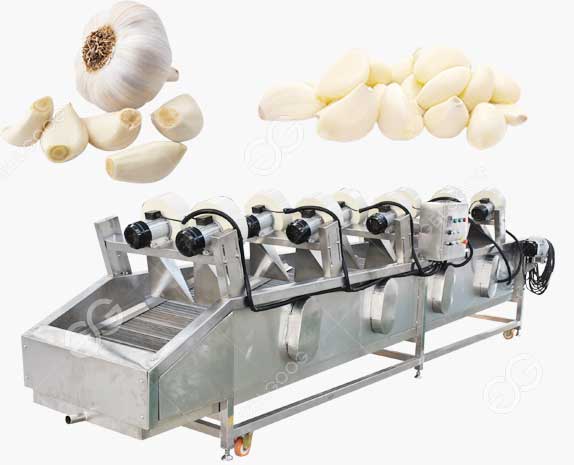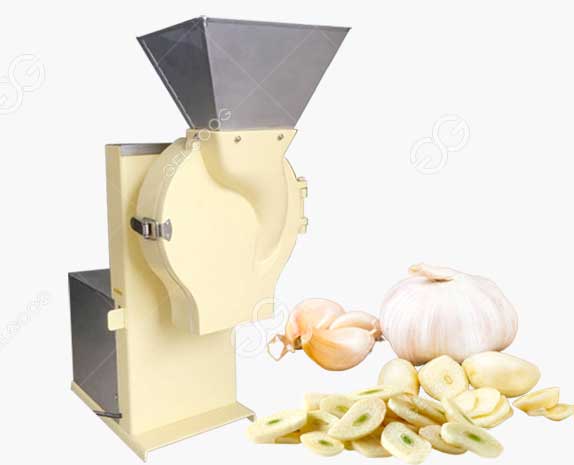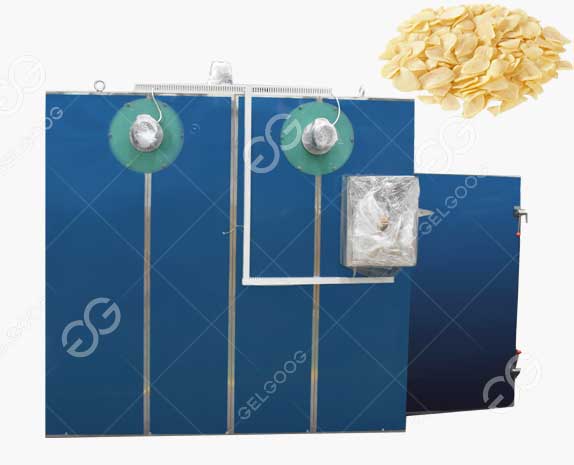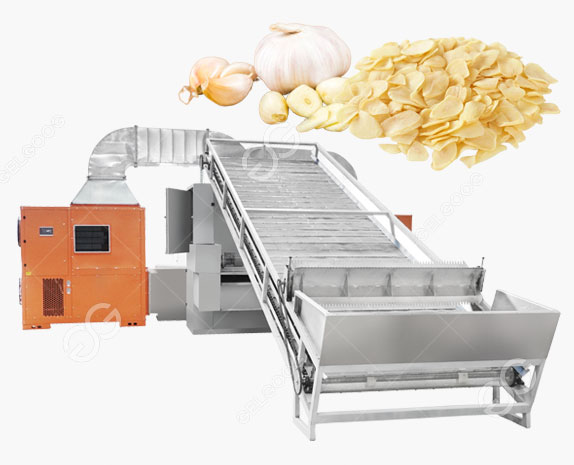Ginger, with its unique flavor and numerous health benefits, has become a staple in kitchens worldwide. Have you ever wondered about the journey this humble root takes from the farm to your spice rack? In this blog, we'll delve into the fascinating world of ginger processing in factories, unraveling the steps involved in transforming raw ginger into the spice we love.
Harvesting and Selection:
The ginger processing journey begins in the fields, where farmers carefully harvest the rhizomes, commonly known as ginger roots. After harvesting, the roots are meticulously inspected for quality. Only the finest, disease-free ginger makes its way to the processing facility, ensuring that consumers receive a product of the highest standard.
Cleaning and Washing:
Once the ginger roots arrive at the processing facility, the first step is thorough cleaning. This involves removing any soil, debris, or outer skin that may still cling to the roots. High-pressure water jets and rotating brushes are commonly used in this stage, ensuring that the ginger is pristine and ready for the subsequent processing steps.
Peeling:
After cleaning, the ginger undergoes a peeling process. This step removes the outer layer, exposing the pale, aromatic flesh beneath. Various methods, such as steam peeling or mechanical peeling machines, are employed to efficiently remove the skin while minimizing waste.
Slicing or Grinding:
Once peeled, the ginger can take different forms depending on the end product. For powdered ginger, the roots may be ground into a fine powder. In the case of ginger slices or julienne cuts, precision slicing machines come into play. This step is crucial for determining the final texture and appearance of the processed ginger.
Blanching:
To preserve the ginger's natural color, flavor, and nutritional value, blanching is often employed. This involves briefly immersing the ginger in boiling water, followed by rapid cooling. Blanching helps to deactivate enzymes that can cause discoloration and loss of flavor, ensuring the processed ginger retains its freshness.
Drying:
Drying is a critical step in ginger processing, as it removes moisture and prevents the growth of microorganisms. Depending on the intended product, ginger can be air-dried or mechanically dried using specialized equipment. The result is a concentrated form of ginger ready for packaging and distribution.
Packaging and Quality Control:
The final processed ginger undergoes stringent quality control measures to ensure consistency and adherence to industry standards. After passing the quality checks, the ginger is packaged in various forms – powdered, sliced, or as whole dried pieces – ready to be shipped to markets around the globe.
Conclusion:
From the sun-kissed fields to the state-of-the-art processing facilities, the journey of ginger is a testament to the intricate processes that transform a raw root into a versatile spice. Understanding the steps involved in ginger processing not only deepens our appreciation for the spice but also highlights the dedication and precision that go into bringing this flavorful ingredient to our tables. The next time you sprinkle ginger into your favorite dish, you can savor not just the taste but also the fascinating journey it took to reach your kitchen.
If you want to start related business, you can contact us at any time and we will provide you with complete ginger powder processing line solutions.




